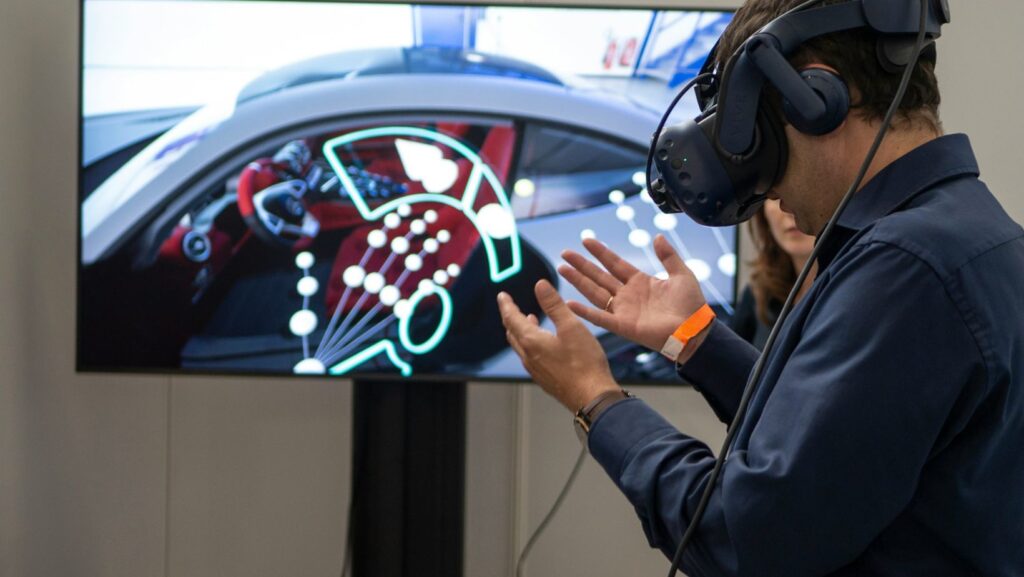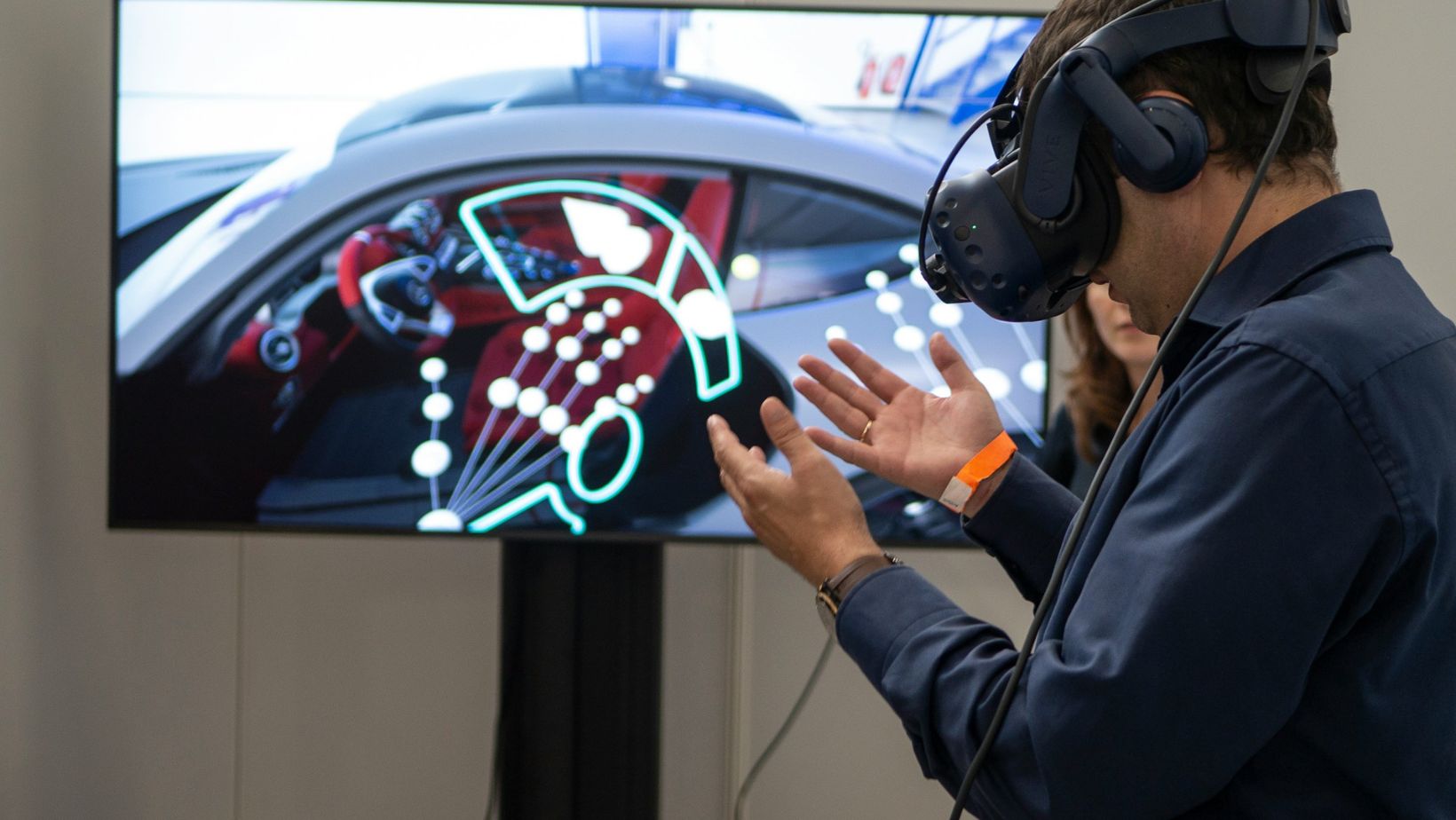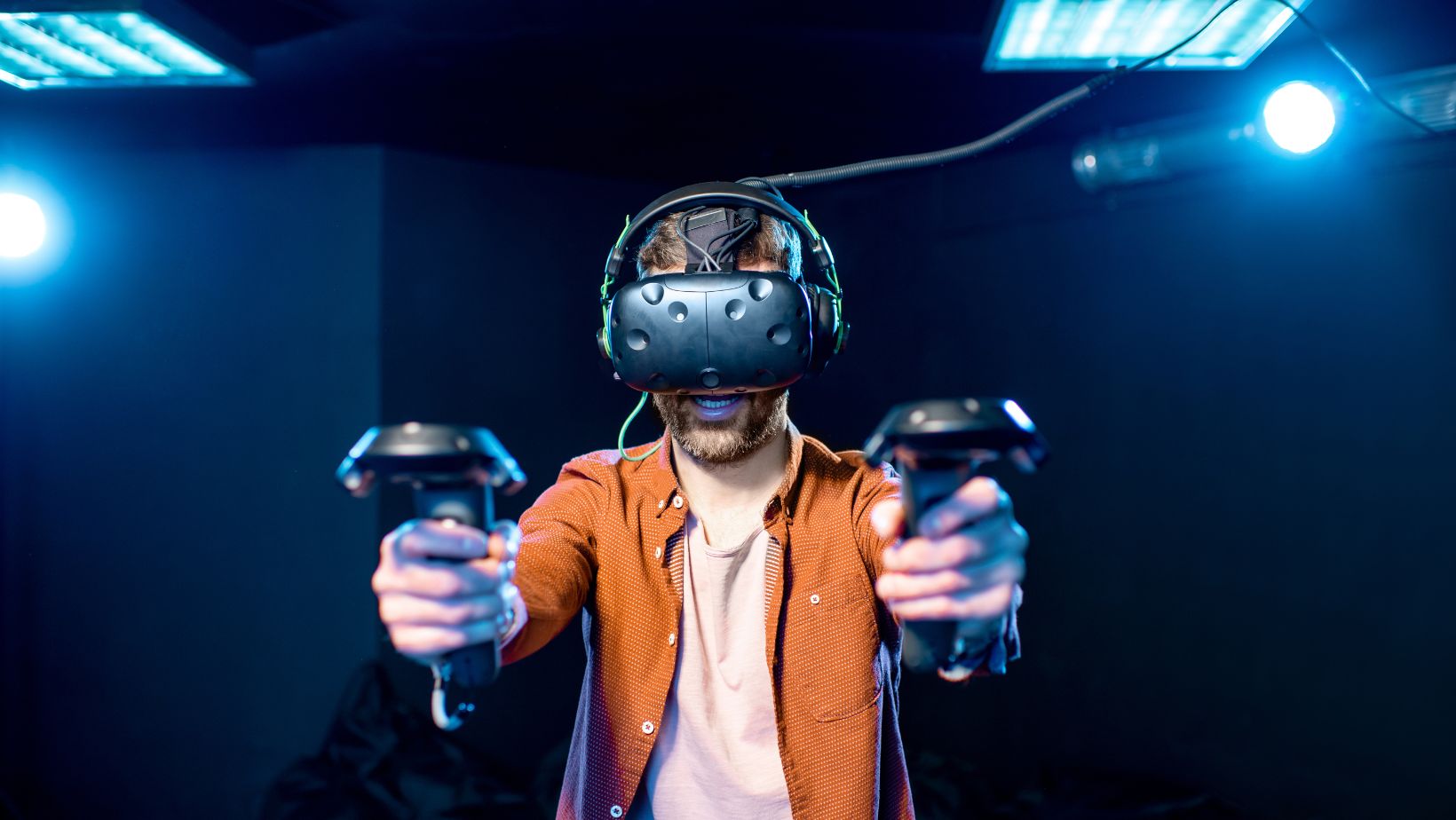

The gaming industry is just like jaxon continuously evolving, and virtual reality (VR) is at the forefront of this transformation. With significant advancements in technology, 2024 is shaping up to be a pivotal year for VR gaming. This article explores the latest VR innovations that are redefining the gaming landscape, offering more immersive, interactive, and realistic experiences than ever before.
Integration of AI and VR
Artificial Intelligence (AI) is playing a crucial role in enhancing VR environments. AI-driven VR is creating more dynamic and interactive worlds by leveraging extensive datasets to generate lifelike visuals and narratives. This integration allows for adaptive learning environments and personalized gaming experiences. For instance, AI can modify the game based on a player’s actions, making each session unique and tailored to the individual’s preferences.
High-Fidelity Visuals and Audio
One of the most significant improvements in VR gaming is the advancement in high-fidelity visuals and audio. Modern VR headsets are equipped with higher resolution displays and superior audio systems, providing a more immersive experience. Technologies like volumetric VR, which uses multiple cameras to create 3D models, offer a more realistic interaction with the virtual environment (StartUs Insights). Additionally, cloud-based processing helps in delivering high-quality graphics without the need for expensive hardware.
Enhanced Multiplayer Experiences
Multiplayer VR gaming is becoming increasingly popular, with innovative titles set to release in 2024. Games like “Taskmaster VR” and “Gravity Royale VR” are designed around multiplayer and social interactions, leveraging the power of VR to bring players together in new and exciting ways. The Meta Quest 3, with its advanced community features, is expected to set a new standard for multiplayer VR experiences.
Haptic Feedback and Full-Body Tracking
Haptic feedback technology and full-body tracking are revolutionizing the tactile aspect of VR gaming.

Devices like VR gloves and bodysuits with haptic feedback allow players to feel virtual objects, adding a new layer of realism to the experience. Full-body capture systems enable more precise and natural movements within the game, enhancing the overall immersion.
Cloud-Based VR and Streaming
Cloud-based VR is another trend gaining momentum. By offloading computational tasks to the cloud, gamers can enjoy high-quality VR experiences without needing powerful local hardware. Platforms like XRStream are making it possible to stream PC VR games directly to headsets like the Meta Quest, offering a seamless and accessible gaming experience.
Mixed Reality (MR) Innovations
Mixed Reality (MR), which combines elements of both VR and Augmented Reality (AR), is also making waves.

Devices like the Apple Vision Pro offer cutting-edge mixed reality experiences, blending real and virtual worlds seamlessly. This technology is particularly useful for creating immersive training and simulation environments, as well as enhancing interactive gaming experiences.
Conclusion
The innovations in VR gaming technology are setting the stage for a new era of immersive experiences. With advancements in AI, high-fidelity visuals, haptic feedback, and cloud-based streaming, VR gaming is becoming more accessible and engaging. As we move further into 2024, these technologies will continue to evolve, offering gamers unprecedented levels of immersion and interaction. The future of VR gaming is bright, promising exciting developments that will transform the way we play and experience games.










